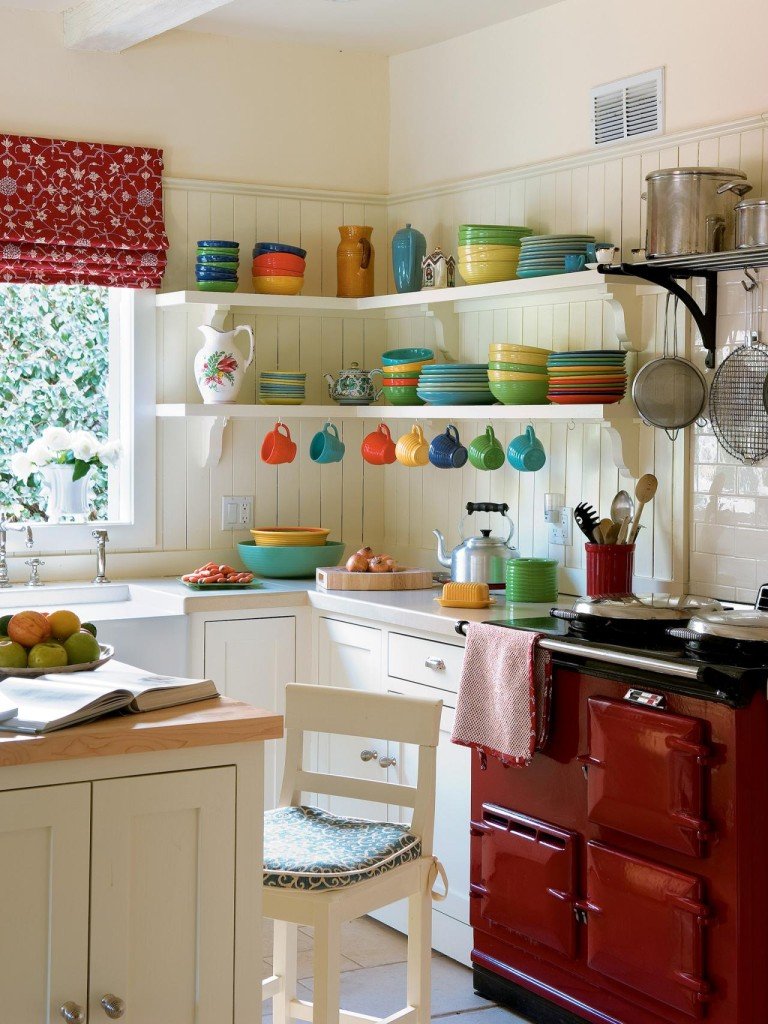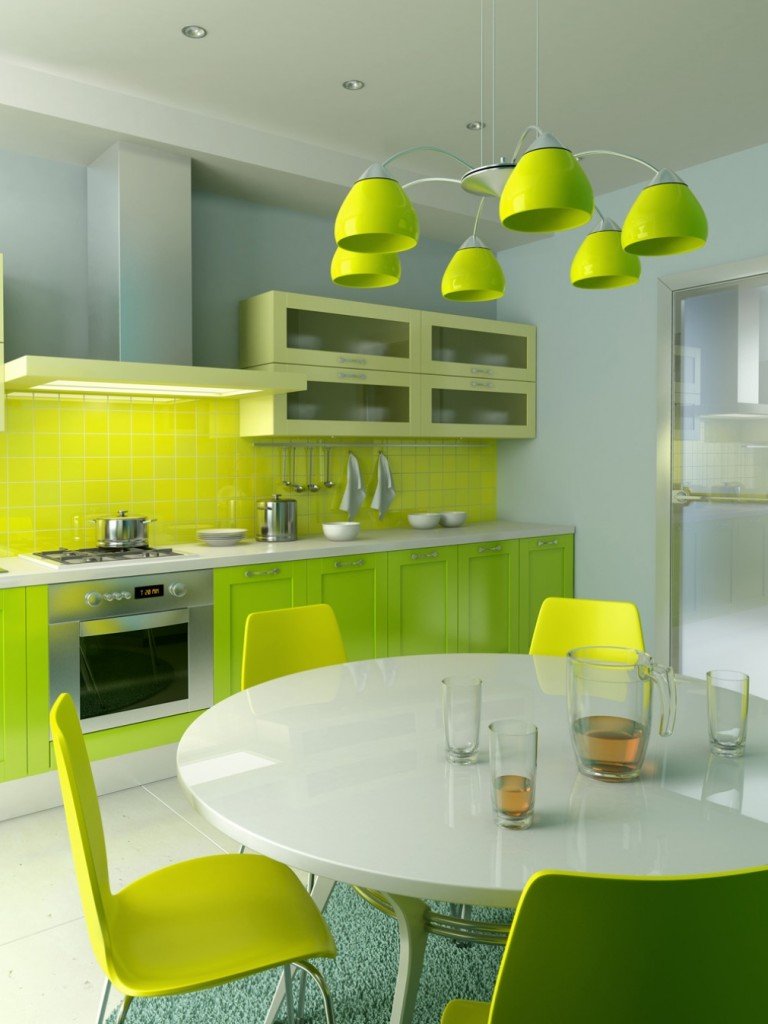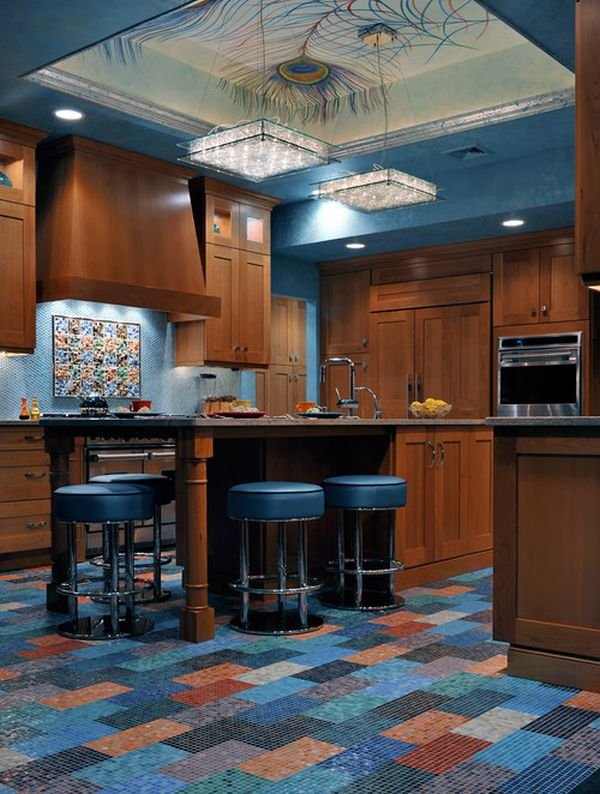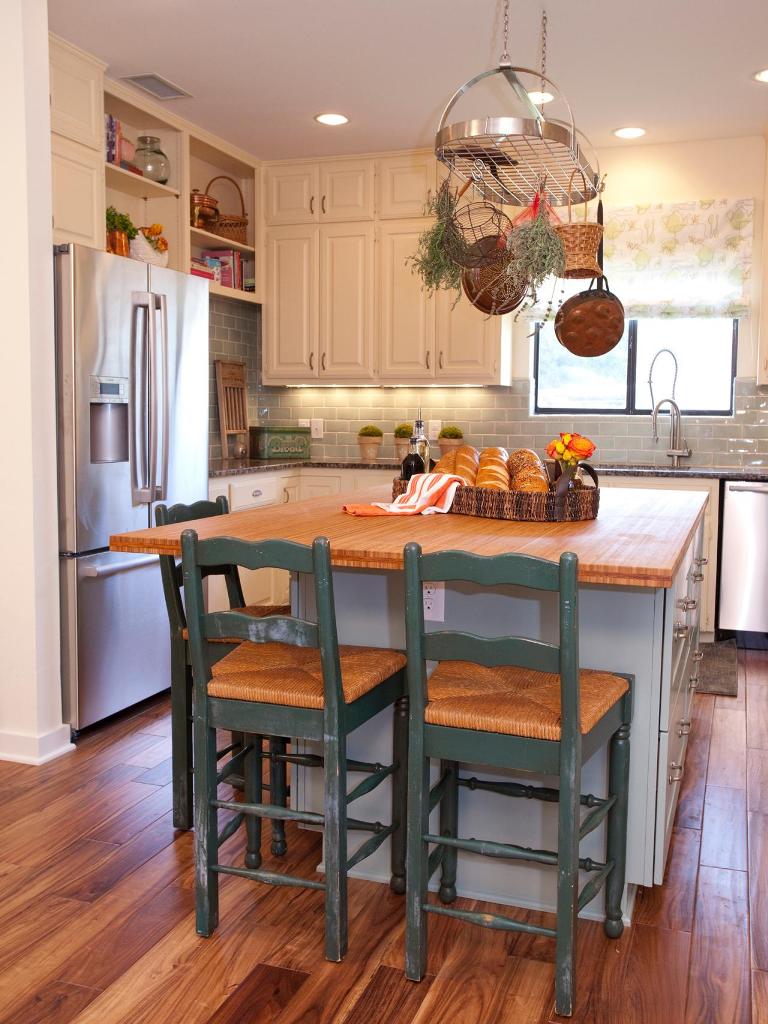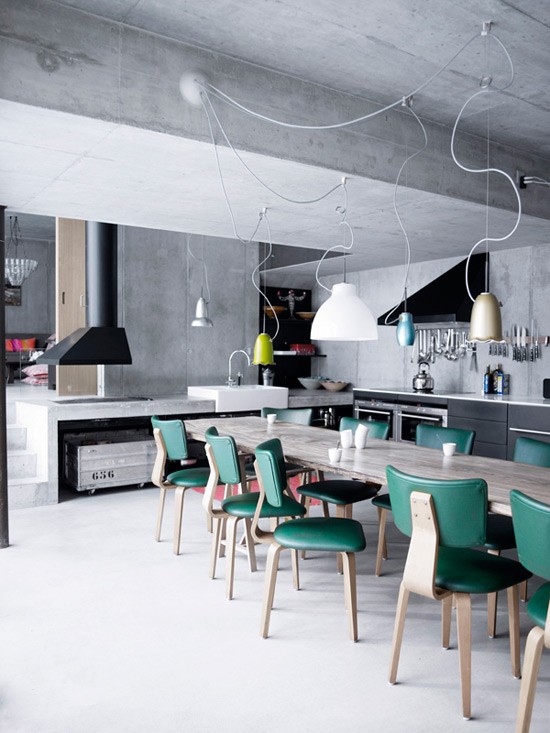Find out how some practical actions can make your kitchen environmentally friendly.
Have you ever thought about having a sustainable kitchen? In addition to taking care of the planet, it is possible to save some money by avoiding unnecessary expenses and promoting the reuse of certain items. Read below.
Among all areas of a house, the kitchen is the one with the greatest possibility of generating garbage and waste. Many people, often for lack of information, believe that, in order to have a greener kitchen, it will be necessary to buy expensive appliances and make changes that require significant expenses. But the truth is that it is possible to promote a series of changes without spending too much .
In the next topics, follow some ideas that you can put into practice without spending today. Check out!
1- Buy in bulk
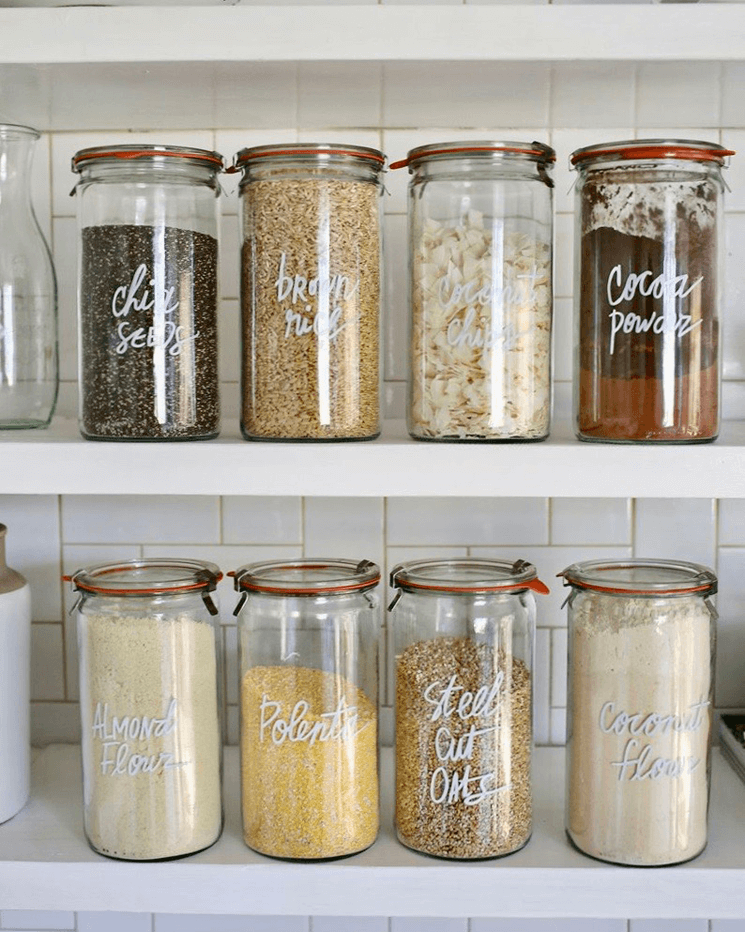
Seriously, how has this not become fashionable yet? One of the best ways to reduce waste and save is to buy food in bulk. Beans, flour, nuts and noodles are some of the items easily found in this line.
Most supermarkets offer a variety of products this way. A tip to be even more sustainable in your kitchen is to carry reusable bags to transport food.
2- Exchange sponges for natural options
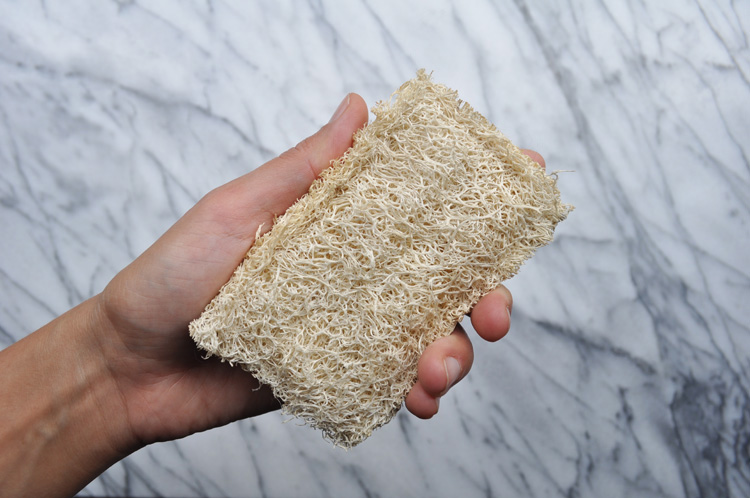
Most of the sponge options are made with synthetic fibers that, when discarded, end up harming the environment.
The best way to solve this problem is to opt for “sustainable” sponges, as they are made with recycled materials, natural fibers and renewable resources. Just check the packaging or buy at specialized stores and websites. There are those who turn up their noses, but using vegetable loofah in the kitchen is, yes, a great option!
It is noteworthy that, unfortunately, for hygiene reasons, sponges must be discarded quite often. Remembering that there are recycling programs for synthetic fiber sponges.
3- Take care of the water
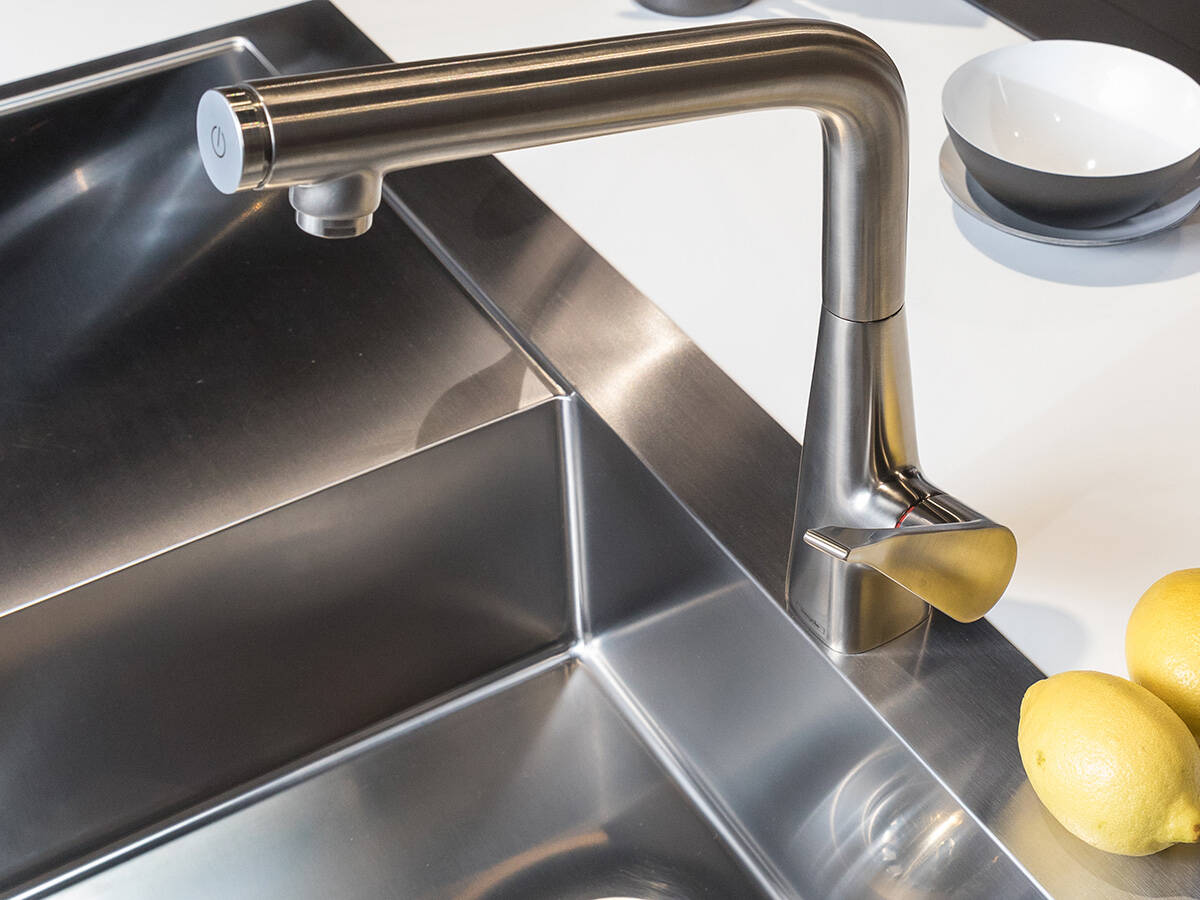
The kitchen is one of the places where water is most used and, therefore, also wasted. The recommendation here is well known, but it is always worth remembering: avoid waste, use a basin so as not to leave the faucet open, repair or replace faulty faucets, etc.
A dripping faucet every five seconds can literally dump around 600 liters of water down the drain in a month – enough to hydrate 6 people in that period.
4- Start composting
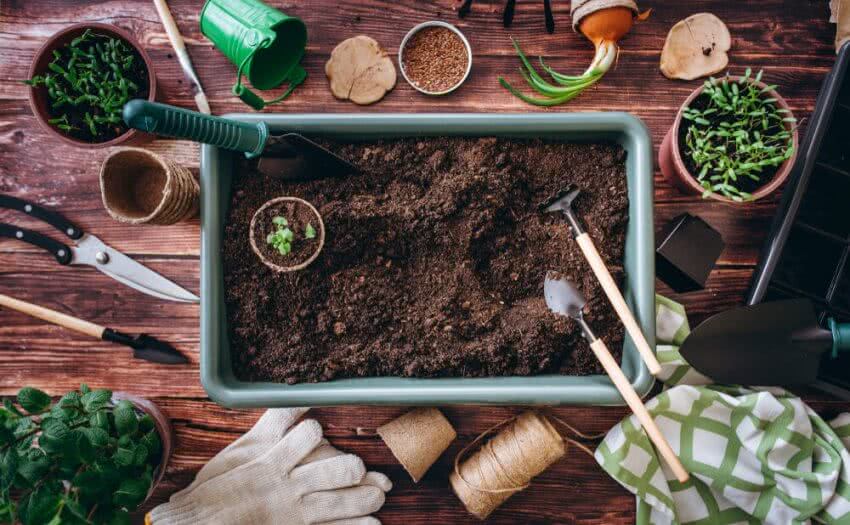
The composting is a very simple way to give a useful destination for discarded organic. With a container that can be tightly closed, it is already possible to start this activity in a corner of the backyard.
And since the subject is to make the kitchen more sustainable, how about taking advantage of it and starting your own garden ? Thus, the product resulting from the compost can be used by you and/or donated to neighbors and schools that also have gardens and gardens, or want to start.
5- Opt for loose leaf teas
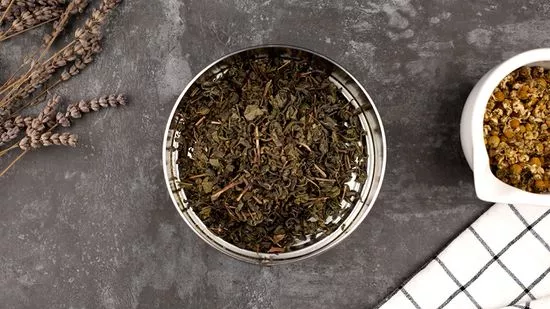
Teas are part of the daily consumption of many people, after all, the drink offers several health benefits. However, the tea boxes sold in supermarkets usually come with plastic and synthetic fibers.
A simple switch from boxed tea to loose-leaf tea will allow you to continue consuming your beverage without creating more waste in your kitchen. By the way, how about starting to plant some seedlings of your favorite tea plants?
6- Non-industrialized cleaning products

Some people imagine that “natural” cleaning products are expensive and hard to find. The reality is just the opposite of that. In fact, as this market has grown a lot in recent years, prices are becoming more and more affordable.
Those who do not want to buy the finished product can take advantage of it and make their own kitchen cleaning products. Baking soda, salt, lemon and white vinegar, for example, are just some of the items that can be used to clean the kitchen, both for cleaning utensils, such as forks and pans, as well as for the countertops and floors — not to mention they are cheap!
The SOS Almanac has even taught some great homemade and super economic revenue in publishing DOES EVERYTHING in CLEANING. For example, this 3 liter multipurpose or the 6 liter detergent .
7- Cook Yourself
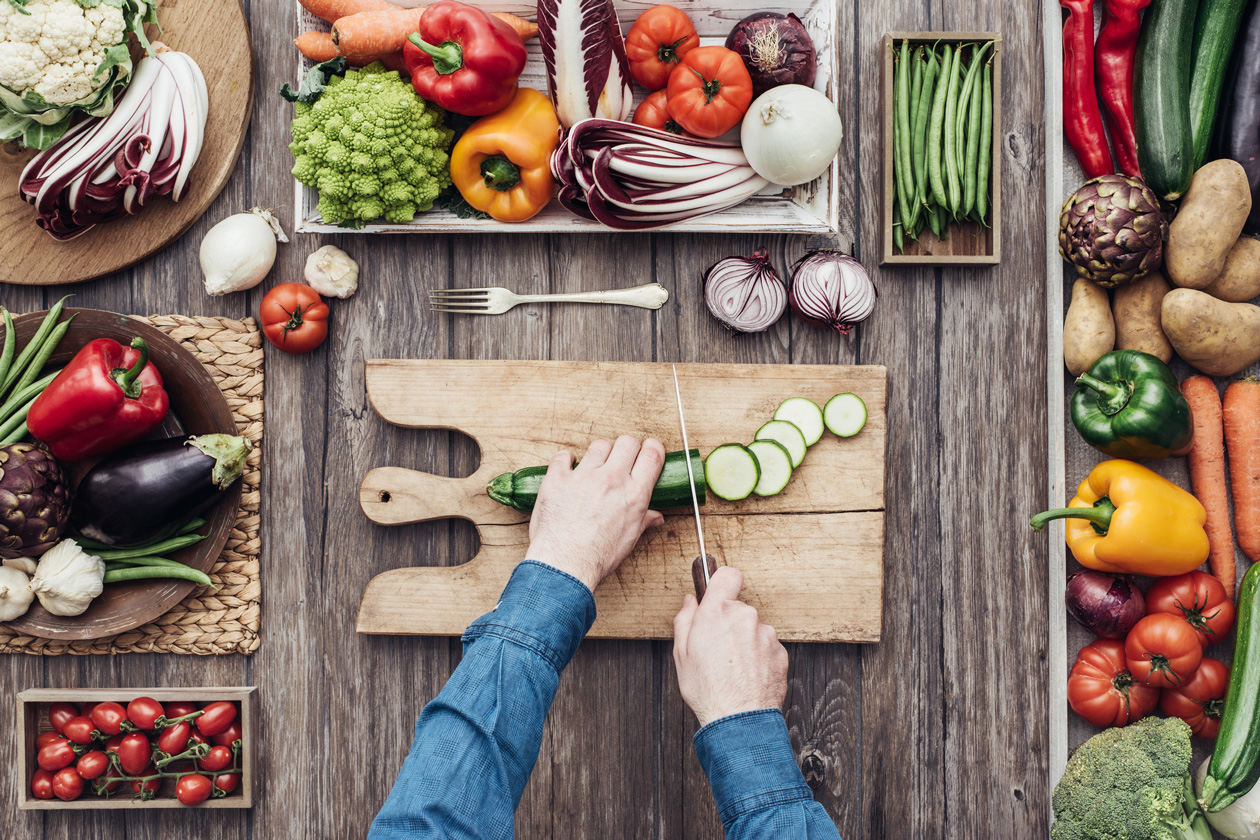
There is nothing more useful to make your kitchen more sustainable and economical than making your own food. If you already cook traditional food for lunch and dinner, try learning to do other things. For example: yogurt, peanut butter, bread and sauces.
And if the concern is the difficulty in learning you can rest assured! On YouTube, you can find a multitude of recipes in the best “easy, cheap and fast” style.
The coolest thing is that many tips are given by renowned chefs or “hands on” housewives, that is, there are plenty of options on what to learn and do.
8- Bet on wood, metal and glass
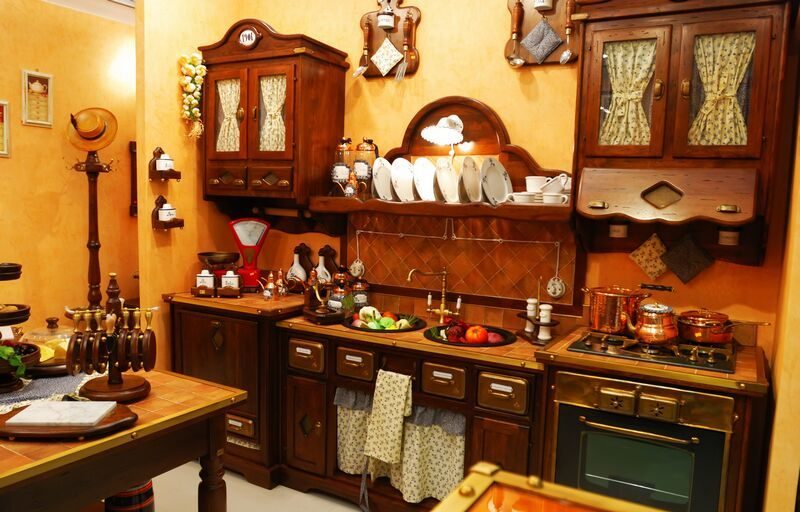
The more wood, metal, or glass items a person has in their kitchen, the less plastic they will use. As a result, it will possibly cause less damage to nature.
Of course, you don’t have to discard the plastic containers you already have, but if you need to replace a container, for example, try to buy one made with the aforementioned materials.
9- Sustainable cloths and towels
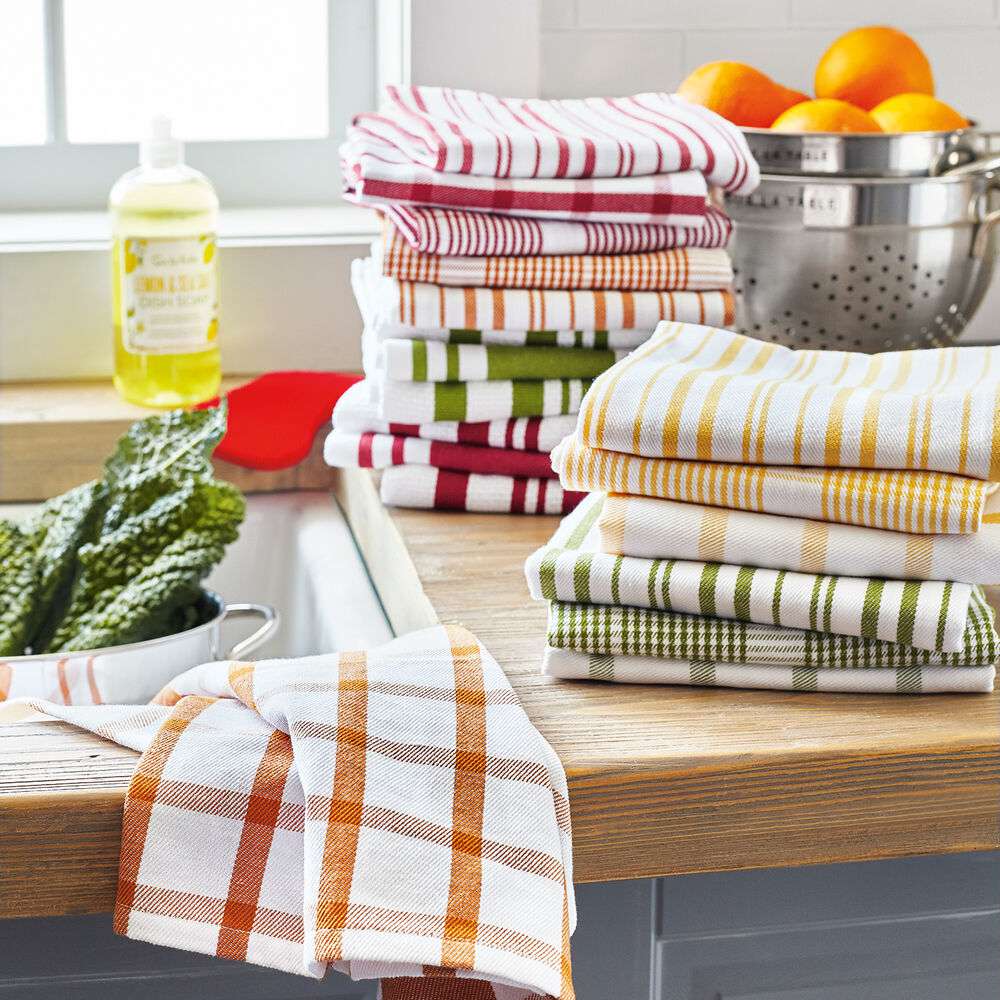
If you like crafts or do-it-yourself things how about learning crochet to decorate your rags with scraps of clothing. If you need paper towels for any eventuality, an alternative is bamboo towels and recycled materials, for example.
In any case, before buying, it’s worth doing a search on the internet, as there are many sites that specialize only in this type of product that offer great prices – if there are no specialized stores in your region.
10- Create a “food management” system
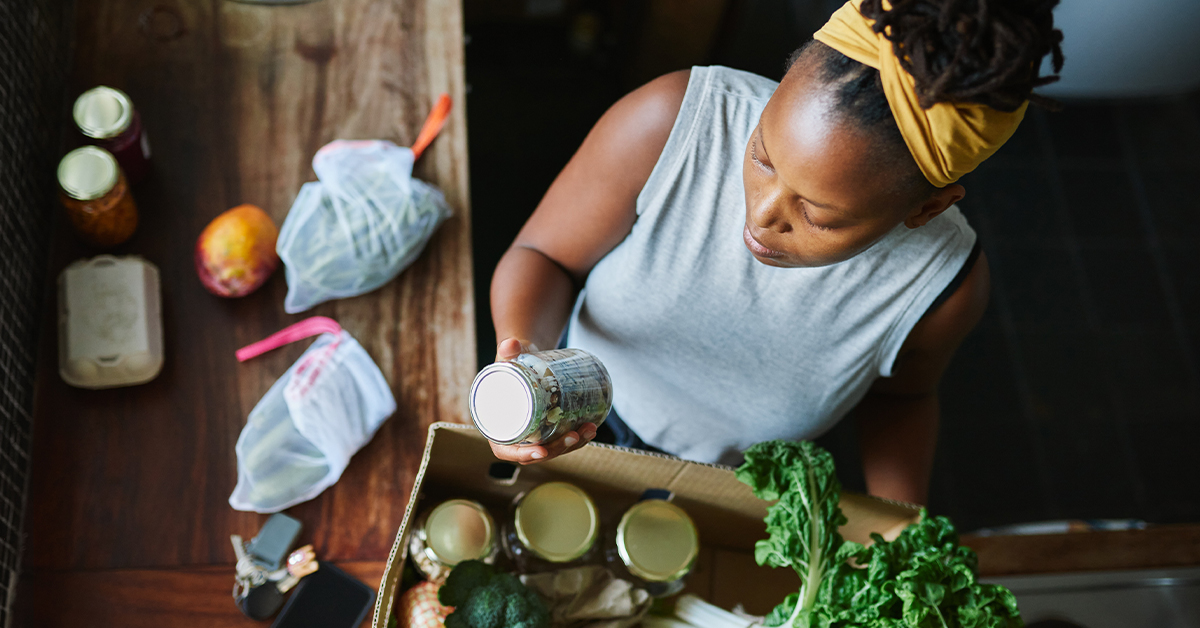
We all do it: save some leftovers to eat later, and before we know it, it’s gone bad. The solution to avoid problems in this regard is to adopt some practices to make your kitchen more sustainable, avoiding food waste:
- create a routine to check foods — remembering that this routine should not have a fixed date, as they do not all age at the same time, nor do they have the same expiration date, do they?
- when storing food in the fridge and cupboards, leaving the oldest ones in the front and the newest ones in the back is a great way to prevent them from being lost more easily;
- put leftovers in specific containers, for example, everything in the fridge with a yellow lid is some food that should be consumed as soon as possible;
- label foods, especially those where the expiration date is not very visible.
11- Buy second hand
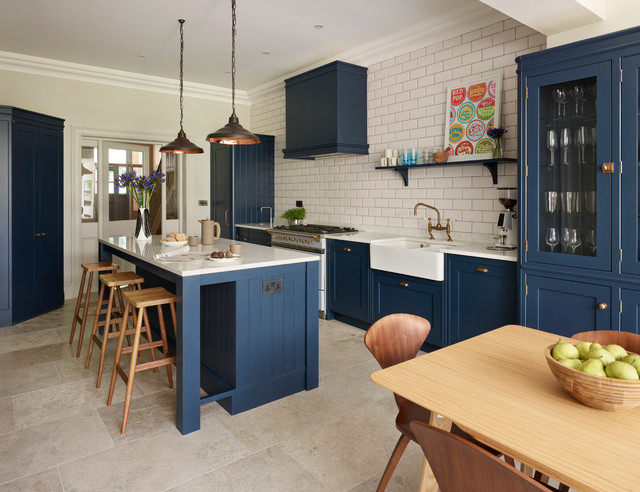
Sustainability and economy go hand in hand. As with any other part of the house, it’s easier and cheaper to buy secondhand stuff than new.
This means that you can change the look of your kitchen by taking advantage of objects you already have and buying ones that are in good condition. There are many physical and online stores focused on this. In them, you can find everything from unwanted wedding gifts to complete furniture. It is worth checking!
The tip is to take advantage of the small changes made to incorporate elements that favor the space and efficiency of your kitchen. For example, using drawers instead of cabinets or even maximizing the corners (if they are free) with a small shelf for fruit, for example.
As we have seen, making the kitchen more sustainable and still saving some money depends more on a change in behavior than on financial possibilities.


